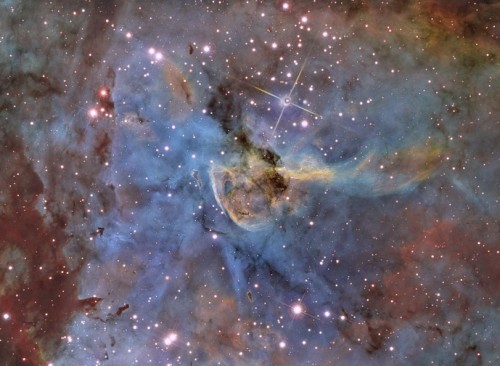Nearly Two Years After A Privately Built Antares Rocket Crashed And Exploded, The Booster's Builder Orbital

Nearly two years after a privately built Antares rocket crashed and exploded, the booster's builder Orbital ATK is ready to return to flight. Tonight (Oct. 16), an upgraded version of the Antares rocket will soar into the sky above Virginia's Eastern Shore, a nightttime launch that could be visible to potentially millions of observers up and down the U.S. East Coast, weather permitting. The Antares rocket will launch Orbital ATK's Cygnus spacecraft on a NASA cargo delivery mission to the International Space Station. Liftoff is set for 8:03 p.m. EDT (0003 Oct. 17 GMT) from Pad-0A of the Mid-Atlantic Regional Spaceport at NASA's Wallops Flight Facility on Wallops Island, Virginia. You can watch a webcast of the launch herebeginning at 7 p.m. EDT (2300 GMT), courtesy of NASA TV. Advertisemen
More Posts from Samstein1012 and Others

The arrangement of the spiral arms in the galaxy Messier 63, seen here in an image from the NASA/ESA Hubble Space Telescope, recall the pattern at the center of a sunflower. So the nickname for this cosmic object -- the Sunflower Galaxy -- is no coincidence. Discovered by Pierre Mechain in 1779, the galaxy later made it as the 63rd entry into fellow French astronomer Charles Messier's famous catalogue, published in 1781. The two astronomers spotted the Sunflower Galaxy's glow in the small, northern constellation Canes Venatici (the Hunting Dogs). We now know this galaxy is about 27 million light-years away and belongs to the M51 Group -- a group of galaxies, named after its brightest member, Messier 51, another spiral-shaped galaxy dubbed the Whirlpool Galaxy. Galactic arms, sunflowers and whirlpools are only a few examples of nature's apparent preference for spirals. For galaxies like Messier 63 the winding arms shine bright because of the presence of recently formed, blue-white giant stars and clusters, readily seen in this Hubble image. Image credit: ESA/Hubble & NASA Text credit: European Space Agency Hubble Space Telescope
Space Station Science: Biological Research

Each month, we highlight a different research topic on the International Space Station. In August, our focus is biological research. Learning how spaceflight affects living organisms will help us understand potential health risks related to humans on long duration missions, including our journey to Mars.

Cells, microbes, animals and plants are affected by microgravity, and studying the processes involved in adaptation to spaceflight increases our fundamental understanding of biological processes on Earth. Results on Earth from biological research in space include the development of new medications, improved agriculture, advancements in tissue engineering and regeneration, and more.
Take a look at a few of the biological research experiments performed on space station:
Biomolecule Sequencer

Living organisms contain DNA, and sequencing DNA is a powerful way to understand how they respond to changing environments. The Biomolecule Sequencer experiment hopes to demonstrate (for the first time) that DNA sequencing is feasible in an orbiting spacecraft. Why? A space-based DNA sequencer could identify microbes, diagnose diseases and understand crew member health, and potentially help detect DNA- based life elsewhere in the solar system.
Ant-stronauts

Yes, ant-stronauts…as in ants in space. These types of studies provide insights into how ants answer collective search problems. Watching how the colony adapts as a unit in the quest for resources in extreme environments, like space, provides data that can be used to build algorithms with varied applications. Understanding how ants search in different conditions could have applications for robotics.
TAGES

The TAGES experiment (Transgenic Arabidopsis Gene Expression System) looks to see how microgravity impacts the growth of plant roots. Fluorescent markers placed on the plant’s genes allow scientists to study root development of Arabidopsis (a cress plant) grown on the space station. Evidence shows that directional light in microgravity skews root growth to the right, rather than straight down from the light source. Root growth patters on station mimic that of plants grown at at 45% degree angle on Earth. Space flight appears to slow the rate of the plant’s early growth as well.
Heart Cells

Spaceflight can cause a suite of negative health effects, which become more problematic as crew members stay in orbit for long periods of time. Effects of Microgravity on Stem Cell-Derived Cardiomycytes (Heart Cells) studies the human heart, specifically how heart muscle tissue contracts, grows and changes in microgravity. Understanding how heart muscle cells change in space improves efforts for studying disease, screening drugs and conducting cell replacement therapy for future space missions.
Medaka Fish

Chew on these results…Jaw bones of Japanese Medaka fish in microgravity show decreased mineral density and increased volume of osteoclasts, cells that break down bone tissue. Results from this study improve our understanding of the mechanisms behind bone density and organ tissue changes in space.
These experiments, and many others, emphasize the importance of biological research on the space station. Understanding the potential health effects for crew members in microgravity will help us develop preventatives and countermeasures.
Make sure to follow us on Tumblr for your regular dose of space: http://nasa.tumblr.com
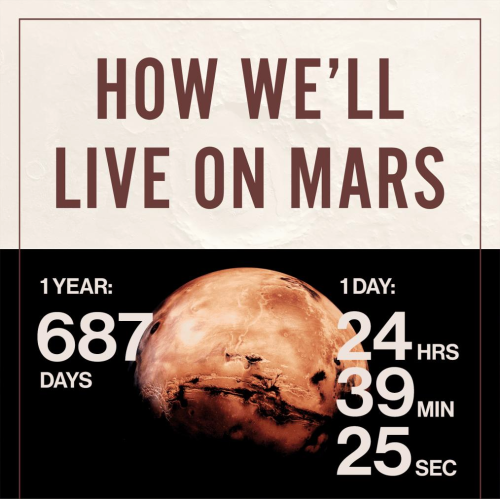
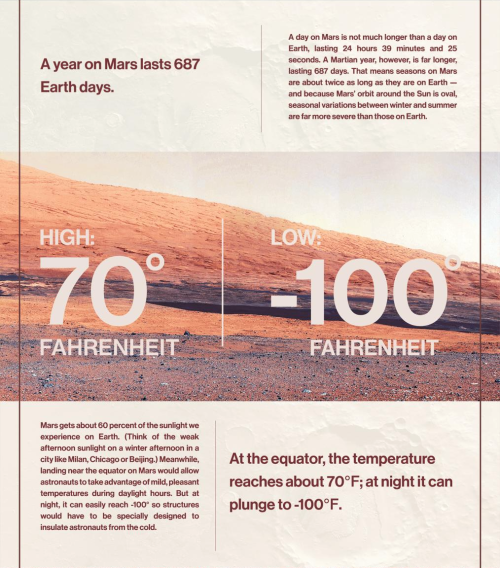
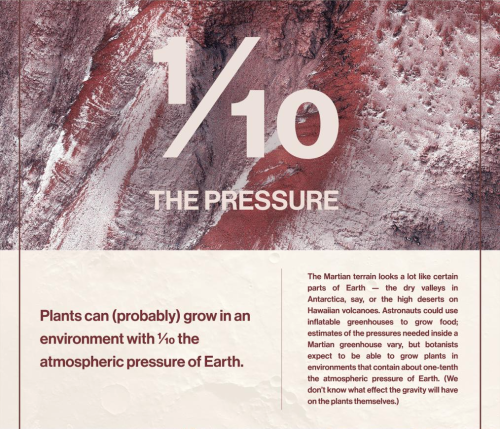
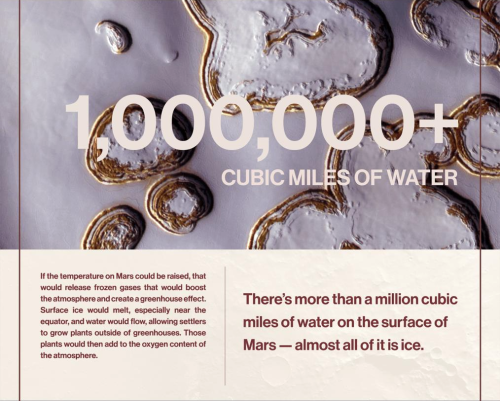
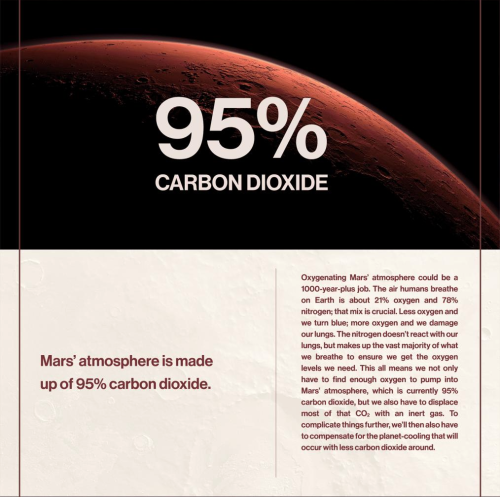

Life on Mars



Is Proxima b another Earth? It’s difficult to answer because no one has actually “seen” this distant planet which orbits the red dwarf star Proxima Centauri right in theGoldilocks Zone. Scientists have merely concluded that Proxima b (which is about 4.2 light years away from Earth) is right where it should be, by observing the regular, subtle changes in Proxima Centauri’s color. Proxima b is tidally locked to its star — which means one side of it is always facing Proxima Centauri, and the other side is perpetually dark. With just an 11.2-year revolution, it lies very close to its star, although red-dwarf stars are not as hot as yellow-dwarves (like our Sun). There is a possibility that water exists on Proxima b, and that it has an atmosphere protecting it from extreme heat, and scattering heat even to its dark side. How can we be sure? Harvard’s Avi Loeb and astronomer Laura Kreidberg propose that we use NASA’s James Webb Space Telescope (JWST). UNCERTAINTIES The long-delayed JWST is set to launch by 2018 (originally 2011). Loeb explains that if a rocky planet, like Proxima b, has an atmosphere, it would absorb light from its star and re-emit it as infrared light. Incidentally, the JWST is specifically designed to observe infrared light. The JWST can take photos of infrared light on the surface Proxima b, looking for patterns that would confirm whether or not this exoplanet has water or is covered by an atmosphere. Things aren’t so simple, however. The proposed method may be doable. But there are other factors that have to be considered. For instance, the existence of an atmosphere may not guarantee life, says astrophysicist Ed Turner of Princeton University. Proxima b may be like Venus, with an atmosphere 90 times thicker than ours, and extreme heat. Still, Loeb’s and Kriedberg’s plan is the only option we have for a glimmer of an answer about this “Earth next-door”. References: Business Insider, Scientific American

Pluto in Combined Color
What is fascinating about Pluto is how young its surface is. We can see some canyons, planes, and mountains in this image - which is an indication of a young surface. This image of Pluto was taken when the New Horizons spacecraft was only 280,000 miles away from the surface. In the image you can see features as small as 1.4 miles! Four images from New Horizons’ Long Range Reconnaissance Imager (LORRI) were combined with color data from the Ralph instrument to create this enhanced color global view.
Credit: John’s Hopkin’s APL/NASA JPL
Testing of the SLS Main Booster.

When magnetic ferrofluid comes in contact with a magnetic object, it becomes a moving sculpture that reflects the shape of the object’s magnetic field. Source
-
 samstein1012 reblogged this · 8 years ago
samstein1012 reblogged this · 8 years ago
Elon Musk,Electric Cars,MIT, Spacex, NASA, Tesla and Taylor Alison Swift
34 posts
